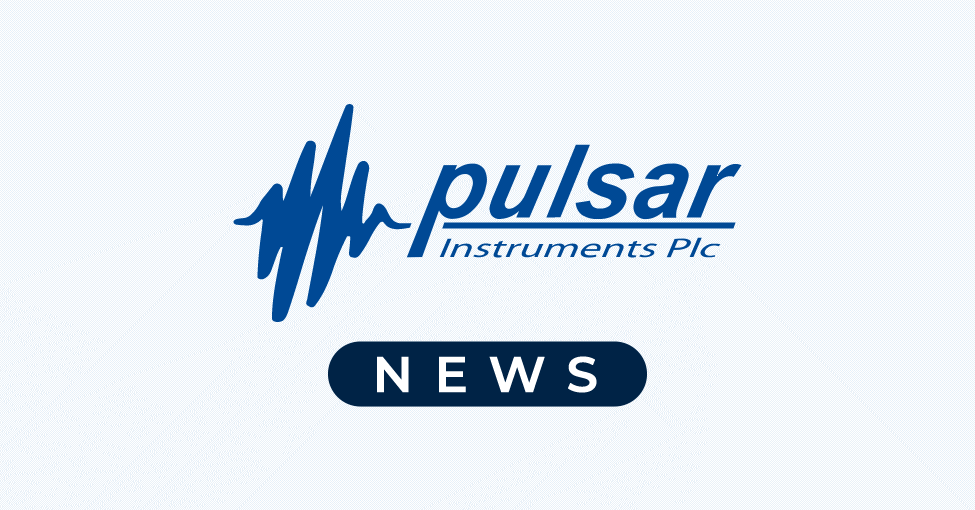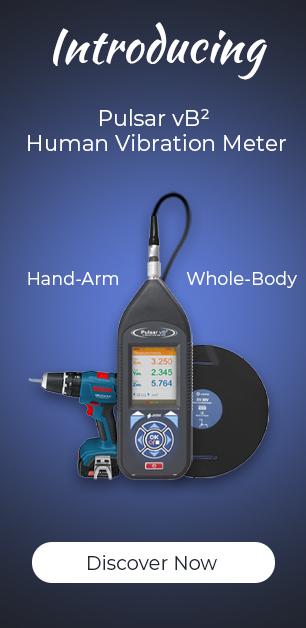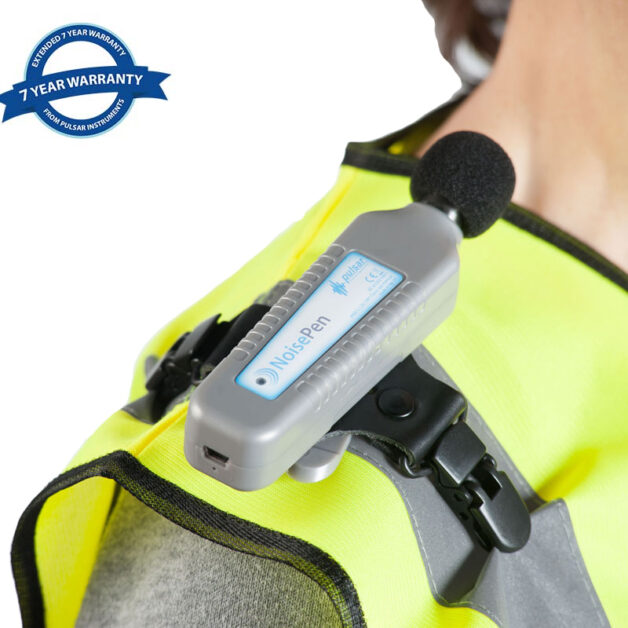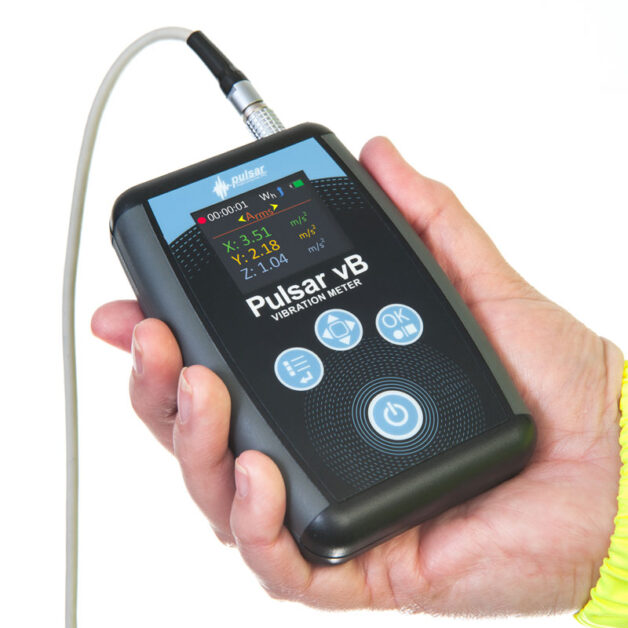The key points about noise at work compliance to consider when contemplating buying a new noise meter.
How Measuring Noise Legislation applies to you
Learn the key points about noise at work legislation compliance and the issues that you should consider when contemplating buying a new noise meter; a purchase choice that extends far beyond the essential noise monitoring routines to be undertaken to consider carefully the impact the performance and compliance of the meter may have on the business.
Currently, limits to the exposure of workers to noise is set by the European Parliament in its Directive 2003/10/EC. It stipulates that a sound level meter shall be used that is fully compliant with every part of the international standard (IEC 61672). There are many hundreds of very low-cost sound level meters available on the market that claim to comply with this standard, some of them under £200. At the same time, there are also sound meters that appear to have little better specifications costing up to £2,000.
How can this be?
It is logical that a potential user will be attracted to the cheaper units and indeed, more than a few companies buy them. They are however totally unsuitable for measurements under the EU Directive. In many EU countries, the use of such sound meters is against the law, but in the UK, the user must ‘self-police’ and find out later when his data is not accepted – in the worst case scenario in court.
The specification available to manufacturers is a comprehensive document and one that MANDATES that any sound level meter is fully verified for measurement accuracy, ideally by the manufacturer at least every 24 months. This may seem cumbersome. The permitted exposure to noise is 80dB(A) for 8 hours, or 83dB(A) for 4 hours, or 86dB(A) for just 2 hours. Cheap noise meters with a measurement error of only 6dB will easily permit a worker to be exposed up to FOUR TIMES the permitted noise dose and industrial deafness may well follow. It is no defence for a company to say “I did not realise my meter did not comply”, as parts 2 and 3 of IEC 61672 show what to look for.
Compliance of a sound level meter is tested by a national test house, which – if the meter passes all their tests – issues a Type Approval Certificate. These are not easy to get and even some of the very best manufacturers fail the tests the first time, but unless the tests can be passed, the meter should not be used to comply with the directive. These tests are very expensive, a sum in excess of £20,000 is not unusual and so struggling manufacturers do not bother to submit their instruments. Most of these very low costs sound meters are simply not tested properly, so it is almost impossible to know if it measures correctly or not.
A far worse problem is that many of these very low-cost units do not provide a Type Approved acoustic calibrator. Each and every time a sound level meter is used it MUST be checked with an external acoustic calibrator, in particular, to make sure that the microphone is still measuring correctly. Of UK manufacturers, only two have managed to pass the EU tests required and be fully certified. Pulsar Instruments Models 105 and 106 acoustic calibrators both give a clear and unambiguous check of the relevant meter. In use, the 105 (Class 1) and 106 (Class 2) both generate a very carefully controlled tone and are simply pushed onto the microphone and their output is then read by the sound meter. This simple check allows the user peace of mind as to the quality of their measurements.
No manufacturer submits all his sound level meter range for approval as the cost is so high. Typically their meters initially intended for other less demanding measurements will not be submitted, but if a manufacturer cannot offer ANY Type Approved units, especially an acoustic calibrator, caution would seem to be the order of the day.
To find out more about the compliant range of sound level meters and noise dosimeters available from Pulsar Instruments, please visit www.pulsarinstruments.com To enquire further and obtain export and friendly advice. please contact the team.
©2012 Pulsar Instruments plc




